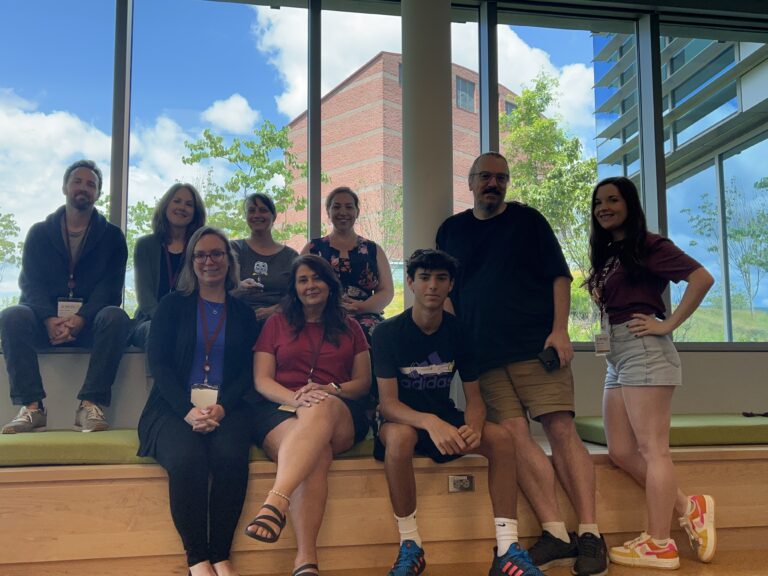Eight people drowned in flood waters in the town of Toa Baja, 30 miles west of San Juan, Mayor Bernardo Márquez said Friday -- making Maria's death toll across the Caribbean climb to at least 37.
Meanwhile, Puerto Rican officials rushed to evacuate tens of thousands of people downstream of a failing dam and said they could not reach more than half the towns in the U.S. territory as the massive scale of the disaster wrought by Hurricane Maria started to become clear on Friday.
The eye of Hurricane Maria was gradually moving away from the southeastern Bahamas and the Turks and Caicos Islands late Friday, according to the National Hurricane Center. Maria was still a Category 3 storm with maximum sustained winds of 115 mph, located about 640 miles south-southeast of Cape Hatteras, North Carolina as it moves north-northwest at a speed of 9 mph.
From there, it is expected to veer into the open Atlantic with no threat to the U.S. mainland. However, high swells are expected to increase along portions of the southern east coast.
There are no watches or warnings in effect.
Two days after Maria ravaged Puerto Rico, flooding towns and crushing homes, millions on the island faced the dispiriting prospect of weeks and perhaps months without electricity. The storm knocked out the entire grid across the U.S. territory of 3.4 million, leaving many without power.
The loss of power left residents hunting for gas canisters for cooking, collecting rainwater or steeling themselves mentally for the hardships to come in the tropical heat. Some contemplated leaving the island.
U.S. & World
"You cannot live here without power," said Hector Llanos, a 78-year-old retired New York police officer who planned to leave Saturday for the U.S. mainland to live there temporarily.
Like many Puerto Ricans, Llanos does not have a generator or gas stove. "The only thing I have is a flashlight," he said, shaking his head. "This is never going to return to normal."
Across the island more than 15,000 people are in shelters, including some 2,000 rescued from the north coastal town of Toa Baja, including several who were stranded on roofs.
Rossello couldn't say when power might be restored.
The island's electric grid was in sorry shape long before Maria struck. The territory's $73 billion debt crisis has left agencies like the state power company broke. It abandoned most basic maintenance in recent years, leaving the island subject to regular blackouts.
"Some transmission structures collapsed," Rossello said, adding that there was no severe damage to electric plants.
He said he was distributing 250 satellite phones from FEMA to mayors across the island to re-establish contact.
Secretary of State Luis Marin said he expects gasoline supplies to be at 80 percent of capacity because the port in the southeastern town of Yabucoa that receives fuel shipments received minor damage.
Hours-long lines formed at the few gas stations that reopened on Friday and anxious residents feared power could be out for weeks — or even months — and wondered how they would cope.
The government has hired 56 small contractors to clear trees and put up new power lines and poles and will be sending tanker trucks to supply neighborhoods as they run out of water. The entire island has been declared a federal disaster zone.
In San Juan, Neida Febus wandered around her neighborhood with bowls of cooked rice, ground meat and avocado, offering food to the hungry. The damage was so extensive, the 64-year-old retiree said, that she didn't think the power would be turned back on until Christmas.
"This storm crushed us from one end of the island to the other," she said.
Officials said 1,360 of the island's 1,600 cellphone towers had been downed, and 85 percent of above-ground and underground phone and internet cables were knocked out. With roads blocked and phones dead, officials said, the situation may be worse than they know.
Other concerns were more prosaic. Across the street, someone yelled at a neighbor, "Listen, do you have Netflix?!"
Jaime Rullan, a sports commentator, has a gas stove at home but tried not to think about the lack of air conditioning on an island where the heat index has surpassed 100 degrees (37 Celsius) in recent days.
"We're used to the lights going out because of storms here in Puerto Rico, but this time, we're worried," he said. "We should prepare ourselves mentally to be at least a month without power."
Deysi Rodriguez, a 46-year-old caretaker for elderly people, does not have a gas stove. And unlike others who have been lining up at the few fast-food restaurants that have reopened, Rodriguez is a diabetic and has to be more careful about what she eats.
Rodriguez said she might temporarily move to New Jersey if the situation gets worse.
Pedro Cartagena, a 57-year-old dock supervisor, said he planned to shower, eat and sleep at his company's office. He plans to buy food at the few restaurants that are open and operating on generators.
"That's going to drain my bank account," he said, "but if I want to eat, that's my only option."
In an upscale neighborhood in San Juan, 69-year-old retiree Annie Mattei's condominium has a generator. But she said maintenance will shut it off between 11 a.m. and 5 p.m. to save fuel.
"This has been devastating," she said as her eyes welled with tears.
In Puerto Rico, Gov. Rossello told CNN that "we have some preliminary assessments about 13 deaths" but media on the island were reporting additional deaths and the actual toll appeared unlikely to be known for days.
In the Dominican Republican, Maria knocked down trees and power lines. But Joel Santos, president of the country's hotel association, said the hurricane did not damage the tourism infrastructure, even though it passed close to Punta Cana, the major resort area on the eastern tip of the island.
In Dominica, where Maria laid waste to hundreds of homes and was blamed for at least 15 deaths, Prime Minister Roosevelt Skerrit wept as he spoke to a reporter on the nearby island of Antigua.
"It is a miracle there were not hundreds of deaths," he said. He added: "Dominica is going to need all the help the world has to offer."



